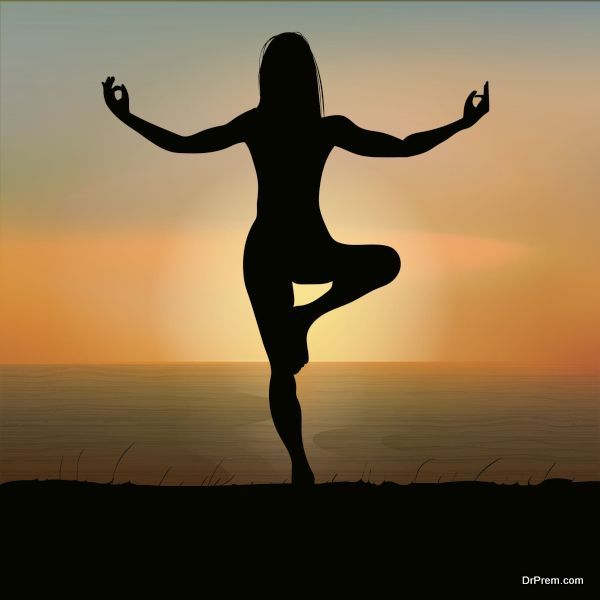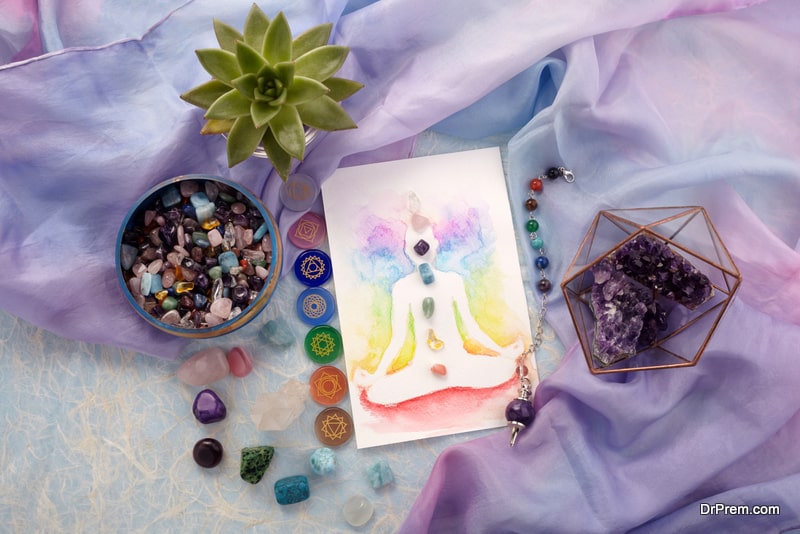After the tedious working hours, if anything can rejuvenate us, it’s Yoga. There are many types of Yoga out there you can benefit from. Hatha Yoga, Kundalini Yoga, and Ashtanga Yoga count a few of the most popular yoga techniques out there. However, Other forms of Yoga to have emerged in recent times. Owing to health benefits associated with these new techniques , people worldwide are quickly adopting them. Restorative yoga is one such technique.
Restorative Yoga: Definition, Poses, and Health Benefits
-
What is Restorative Yoga?
-
Restorative Yoga is safe?
-
Can we learn Restorative Yoga from videos on the internet?
-
What are the Benefits of Restorative Yoga
-
JanuSirsasana (supported)
-
ViparitaKarni (with the support of a wall)
What is Restorative Yoga?
You might have come across many different forms of Yoga, like Hatha Yoga, Raj Yoga, Power Yoga, Ashtanga Yoga and may be even restorative Yoga. In Restorative form of Yoga, we slow down and relax the body by holding on to the poses passively. Here you take help of props, blankets, yoga blocks and bolsters. The muscles get relaxed without getting much strained.
Restorative Yoga is safe?
We suggest that before following any form of Yoga you should make sure that you do not have any injury. In case, it’s an old injury, you discuss it with the instructor prior to joining a class. Any other complications like diabetes, heart diseases or any allergies should also be discussed with the instructor beforehand. Since it is a passive form of Yoga and there is a use of props, it is safe to practice under guidance.
Can we learn Restorative Yoga from videos on the internet?
If you are a beginner, we suggest you not to try this. As we mentioned earlier practicing under guidance is the right thing to do. When you have a sufficient amount of practice and knowledge, you may try doing the poses watching from the internet. An instructor will see and guide you in the area you lag behind. Also, he/she would ensure that you do not overexert or injure yourself.
What are the Benefits of Restorative Yoga?
If you have been reading about health, you might have come across the stress-causing hormone cortisol. When the stress hormone increases in the body, it brings with it heart diseases, weight gain, and high blood pressure. I wouldn’t mind repeating it several times that stress is the root of all evil.
It is a proven fact that Yoga reduces stress and inhibits the production of cortisol. In Restorative Yoga, a pose is held for a longer duration varying from 5 minutes to 20. Thanks to the use of props, this makes following Yoga Asanas easy and comfortable. There are numerous other benefits of Restorative Yoga, improving your sleeping patterns, minimizing to eliminating joint pains. It helps in fighting depression and fatigue too.
What are the Popular Restorative Yoga Poses ?
The purpose of mentioning these Asanas here is just to make you aware of them. As we mentioned earlier it is wise to follow an instructor (qualified).
1. JanuSirsasana (supported)
Sit on your Yoga mat with your legs in the front, spine erect. Fold one leg in such a way that your ankle touches the groin area and the sole of the foot touches the thigh. Place the required number of props on your lower leg, so that when you bend from your waist towards your foot, you can hold in that position for several minutes. You can also place a blanket below the knee of the folded leg. Repeat the procedure with the other leg.
2. ViparitaKarni (with the support of a wall)
In this one, support is kept below the waist, so that your chest region touches or comes close to the chin. Keep a bolster adjoining the wall, lie down on the floor (with the Yoga mat beneath you). Swing your legs up on the wall in such a way that your hips are on the bolster adjoining the wall. Keep your hands close to your body with the palms facing down. Hold the position for at least 5 minutes and then slowly bring your legs down and rest in Savasana.










